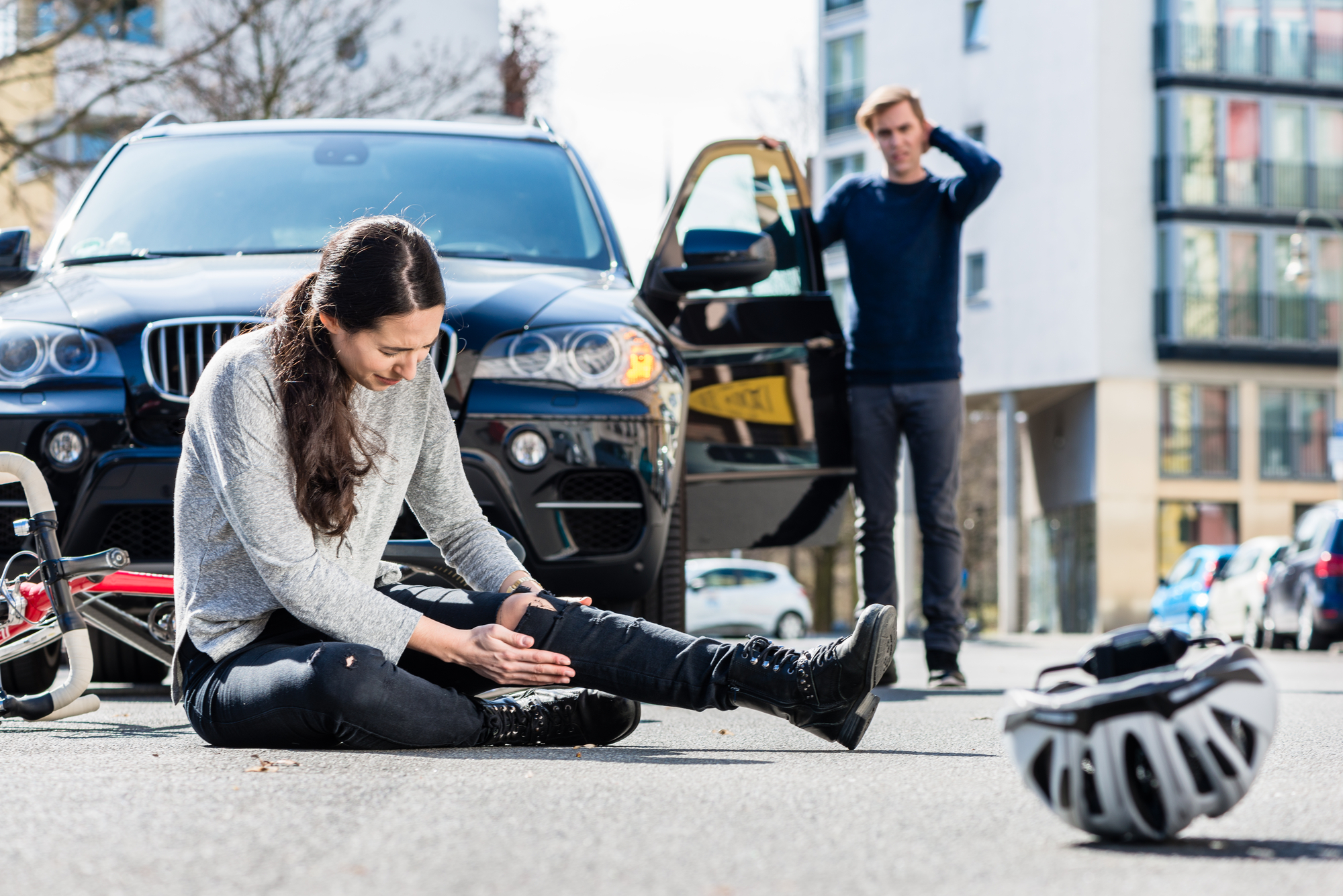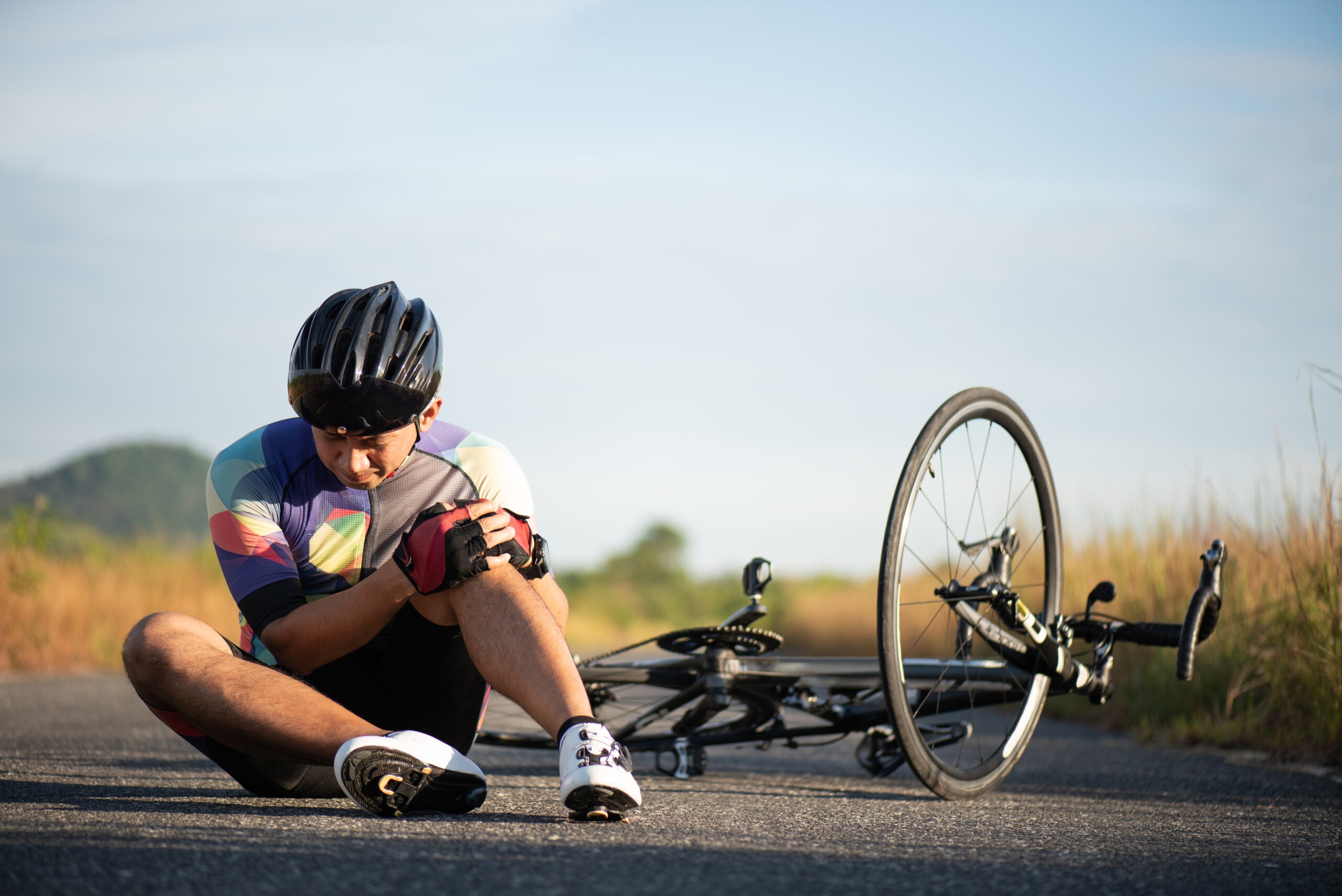Imagine you’re cycling down your favorite trail, enjoying the fresh air and beautiful scenery. Suddenly, an unexpected accident disrupts your ride.
It’s a situation no cyclist wants to face, but knowing what to do after a bicycle accident can make a huge difference. Whether it’s a minor mishap or a more serious incident, the steps you take can protect your well-being and safeguard your rights.
In this guide, we’ll walk you through the crucial actions you should take immediately after a bicycle accident. From assessing injuries to documenting the scene, each step is designed to ensure your safety and peace of mind. Let’s explore and make sure you’re prepared for whatever comes your way.

Credit: piolettilaw.com
Table of Contents
Immediate Safety Measures
After a bicycle accident, first check for injuries. Call emergency services if needed. Move to a safe spot.
After experiencing a bicycle accident, your first priority should be ensuring immediate safety. The chaos of the incident can leave you disoriented and stressed. Yet, taking swift and calculated actions can significantly reduce the risk of further harm. Let’s explore the immediate safety measures you should consider. These practical steps can safeguard your well-being and set the stage for recovery.
Move To A Safe Location
If you’re able, try to move yourself and your bicycle away from traffic. This minimizes the risk of another accident. Think of it as creating a safe zone where you can assess your situation without fear of further harm.
Being in the middle of the road or at a busy intersection poses additional dangers. Are there any nearby sidewalks or grassy areas you can reach? Prioritize getting there quickly and safely.
Check For Injuries
Once in a safe spot, conduct a quick self-assessment for injuries. Even minor accidents can result in hidden trauma. Pay attention to any pain or discomfort, as adrenaline may mask serious injuries.
Examine your body from head to toe. Is there any swelling, bleeding, or numbness? Consider how your body feels when moving each limb and joint.
Call For Help
If you or someone else is injured, calling for help should be your next step. Dial emergency services to get professional assistance. Even if injuries seem minor, medical attention is crucial.
Have you ever considered how vital it is to have emergency contacts readily accessible? Ensure your phone is charged and easily reachable when cycling. This small preparation can make a huge difference in emergencies.
These steps aim to protect your immediate safety following a bicycle accident. By moving to a safe location, checking for injuries, and calling for help, you can manage the situation effectively. What measures do you typically take to stay safe while cycling?

Credit: kainelaw.com
Documenting The Scene
After a bicycle accident, documenting the scene is crucial. It helps in insurance claims and legal matters. Accurate records can protect your rights. Collect evidence immediately. Every detail counts. Below are key actions to take.
Take Photos Of The Accident
Use your phone to take photos. Capture the bicycle and any damage. Photograph your injuries as well. Include the surrounding area. Take wide shots and close-ups. Focus on important details. Images tell a powerful story.
Gather Witness Information
Talk to witnesses present at the scene. Ask for their names and contact details. Witnesses can provide crucial support. Their accounts can strengthen your case. Make sure to write everything down. Accuracy is key.
Note Weather And Road Conditions
Pay attention to the weather. Note if it is sunny, rainy, or foggy. Document the road conditions too. Are the roads wet or dry? Is there debris? These details can impact your case. Record them while fresh in your mind.
Exchange Information
After a bicycle accident, it’s crucial to exchange information with involved parties. Share names, contact details, and insurance information. This step helps in reporting the incident and seeking compensation if needed.
Getting involved in a bicycle accident can be a chaotic experience. Amidst the confusion, one crucial step is to exchange information with the other parties involved. This isn’t just about following protocol; it’s about protecting yourself and ensuring you have all the necessary details for any future proceedings. You might not think about it in the heat of the moment, but the information you gather can significantly impact the aftermath of the accident. Whether you’re dealing with insurance claims or legal matters, having the correct details can make all the difference.
Details To Collect From Other Parties
When you find yourself in an accident, gather as much information as possible from the other parties involved. Start with basic details like their name, address, and contact number.
Don’t forget to ask for their driver’s license and vehicle registration numbers. These can be crucial later on, especially if discrepancies arise.
Make sure to note the make, model, and color of any vehicles involved. Having a vivid picture of the scene helps paint an accurate story of the incident.
Importance Of Insurance Information
Insurance details are vital following an accident. Ask for the other party’s insurance company name and policy number.
Having this information allows you to initiate a claim promptly. It also enables your insurance company to contact theirs to discuss liability and coverage.
You may feel awkward asking for insurance details, but remember, this is standard procedure. It’s about safeguarding your interests and ensuring any damages or injuries are properly addressed.
Picture this: a friend of mine thought exchanging insurance information was unnecessary after a minor accident. Later, when damages were more severe than initially thought, they faced hurdles without the necessary details. This scenario highlights why collecting insurance information should be a priority.
As you stand at the accident scene, consider this: are you prepared to handle the aftermath with confidence? Gathering information might seem tedious, but it’s your first step toward resolution. Keep these insights in mind, and you’ll be ready to navigate the complexities of post-accident proceedings.
Seek Medical Attention
After a bicycle accident, seek medical attention promptly. Even minor injuries can worsen without proper care. Prioritize your health by consulting a healthcare professional for a thorough examination.
After a bicycle accident, your health should be your top priority. Even if you think you’re fine, seeking medical attention is crucial. Immediate medical evaluation can identify injuries you might not even be aware of.
Identifying Hidden Injuries
Not all injuries are immediately visible. A minor fall could lead to internal injuries or a concussion. You might feel perfectly fine after a crash, but symptoms can appear hours or even days later.
Consider the story of a friend who brushed off a fall as “just a bruise.” Days later, dizziness and headaches led to a concussion diagnosis. What if you’re ignoring a similar warning sign? It’s better to get checked out and have peace of mind.
Keeping Medical Records
Documentation is more than just paperwork. Keeping detailed medical records can support any insurance claims or legal actions you might pursue. Make sure you get copies of all medical reports.
Think of your medical records as a timeline of your recovery. They provide a clear picture of your injuries, treatments, and progress. This information can be invaluable if you decide to seek compensation for your injuries.
Have you ever tried to remember what the doctor said weeks after a visit? Notes and records can jog your memory and ensure you don’t overlook important details. Always ask for written instructions regarding your treatment plan.
Report The Accident
After a bicycle accident, reporting is crucial. It ensures proper documentation. This step helps in legal and insurance proceedings. Knowing what to do can ease the process. You’ll need to file reports with authorities and insurers.
Filing A Police Report
Contact the police immediately. Provide them with all details. Include the accident location and time. Mention any visible injuries and damages. The police will create an official report. This serves as evidence for insurance claims.
Ensure you get a copy of the report. Check it for accuracy. Correct any mistakes promptly. This document is vital. It supports your case during claims or legal actions.
Reporting To Your Insurance Company
Notify your insurance company soon. Provide them with all necessary information. Include the police report and accident details. Even if the accident seems minor, report it. This step protects you from unforeseen claims.
Insurance companies may require photos. Take pictures of the accident scene. Include all damages to your bicycle and surroundings. This visual evidence strengthens your claim.
Preserve Evidence
After a bicycle accident, preserving evidence is crucial. It helps in claims and legal processes. Keep a clear record of everything related to the accident. This includes your damaged bicycle, medical records, and any bills. Proper evidence ensures your case remains strong.
Keeping Damaged Bicycle Parts
Do not discard damaged bicycle parts. These parts tell the accident story. They show the impact and damage suffered. Take photos of the bicycle immediately after the accident. Capture every angle to highlight damage. Store the parts safely. They could be useful in negotiations or court.
Saving Receipts And Bills
Save all receipts and bills related to the accident. Medical bills, repair costs, and any other expenses count. These documents prove the financial impact of the accident. Keep a dedicated folder for these records. This ensures nothing gets lost over time. Accurate documentation supports your case effectively.
Contacting Legal Help
Experiencing a bicycle accident can be overwhelming. Knowing the steps to take after such an incident is crucial. One important step is contacting legal help. Legal support ensures your rights are protected. It also guides you through potential claims or settlements.
When To Consult An Attorney
After a bicycle accident, timing is key. Contact an attorney as soon as possible. Early consultation helps gather evidence efficiently. It also ensures timely filing of claims. An attorney provides clarity on legal procedures. They offer advice specific to your case.
Understanding Your Rights
Knowing your rights after a bicycle accident is vital. You have the right to seek compensation. This covers medical bills and lost wages. It also includes damages to your bicycle. An attorney helps you understand these rights. They ensure you are treated fairly.
Legal professionals explain complex terms simply. They help avoid common pitfalls. Understanding your rights empowers you. It gives confidence in legal discussions. You deserve to know the full extent of your entitlements.
Credit: www.visitcompletecare.com
Emotional Recovery
Bicycle accidents can be physically painful and emotionally draining. Emotional recovery is crucial after an accident. Healing emotionally helps regain confidence and mental peace.
Coping With Trauma
Trauma can affect your mind deeply after an accident. It’s important to acknowledge your feelings. Denying emotions can prolong recovery. Writing about your experience can help. Journaling provides a safe outlet for thoughts and fears. Breathing exercises help calm your mind. Focus on slow, deep breaths to reduce anxiety. Visualization techniques can aid recovery. Picture yourself safe and healthy. Engage in activities that bring joy and relaxation. Reading, painting, or gardening can be therapeutic.
Seeking Support
Support from others is vital for emotional healing. Talk to family and friends about your feelings. Sharing experiences can lighten emotional burdens. Professional help can be beneficial. Therapists specialize in trauma recovery. They provide guidance and coping strategies. Support groups offer shared experiences and understanding. They connect you with others facing similar challenges. Online forums can be a resource for advice and empathy. You are not alone in your journey. Seek support and let others help you heal.
Frequently Asked Questions
What Should I Do Immediately After A Bike Accident?
After a bike accident, check for injuries and move to safety. Contact emergency services if needed. Document the scene and gather witness information. Report the accident to the police for an official record. Seek medical attention even if you feel okay, as some injuries may not be immediately apparent.
How Do I Document A Bicycle Accident?
Document a bicycle accident by taking photos of the scene, including damage and injuries. Collect contact information from witnesses and involved parties. Write down your recollection of events while it’s fresh. Keep any medical records related to the accident. This information is crucial for insurance claims and potential legal actions.
Should I Consult A Lawyer After A Bike Accident?
Consulting a lawyer after a bike accident can be beneficial, especially if serious injuries or disputes arise. A lawyer can help navigate insurance claims and legal proceedings. They ensure you receive fair compensation for damages and injuries. Most offer free initial consultations to discuss your case’s merits.
How Can I Prevent Future Bike Accidents?
Prevent future bike accidents by wearing safety gear, obeying traffic laws, and using bike lanes. Stay visible with reflective clothing and lights. Regularly maintain your bicycle to ensure it’s in good condition. Always stay alert and aware of your surroundings to anticipate potential hazards.
Conclusion
After a bicycle accident, staying calm is crucial. Focus on safety first. Check for injuries and seek help if needed. Document details of the accident thoroughly. This helps in any future claims. Contact authorities to report the incident. Keep all medical records and repair bills safely.
They are important for insurance processes. Consult a legal expert if necessary. Knowing your rights can be helpful. Remember, recovery takes time. Be patient with yourself. Riding again might seem daunting. But with precautions, you’ll regain confidence. Prioritize safety and health above all.
Stay informed and prepared for future rides.

